June is Pride Month and an opportunity to recognize, celebrate, and support LGBTQ+ communities. This week’s post is another in our “Resource Round-Up” series, which we occassionally publish during important months as a guide to learning more about the older and historic places and spaces in Pennsylvania that reflect that month’s theme. This one highlights just some sources related to LGBTQ+ Pride Month.
Continue readingPage 22 of 74
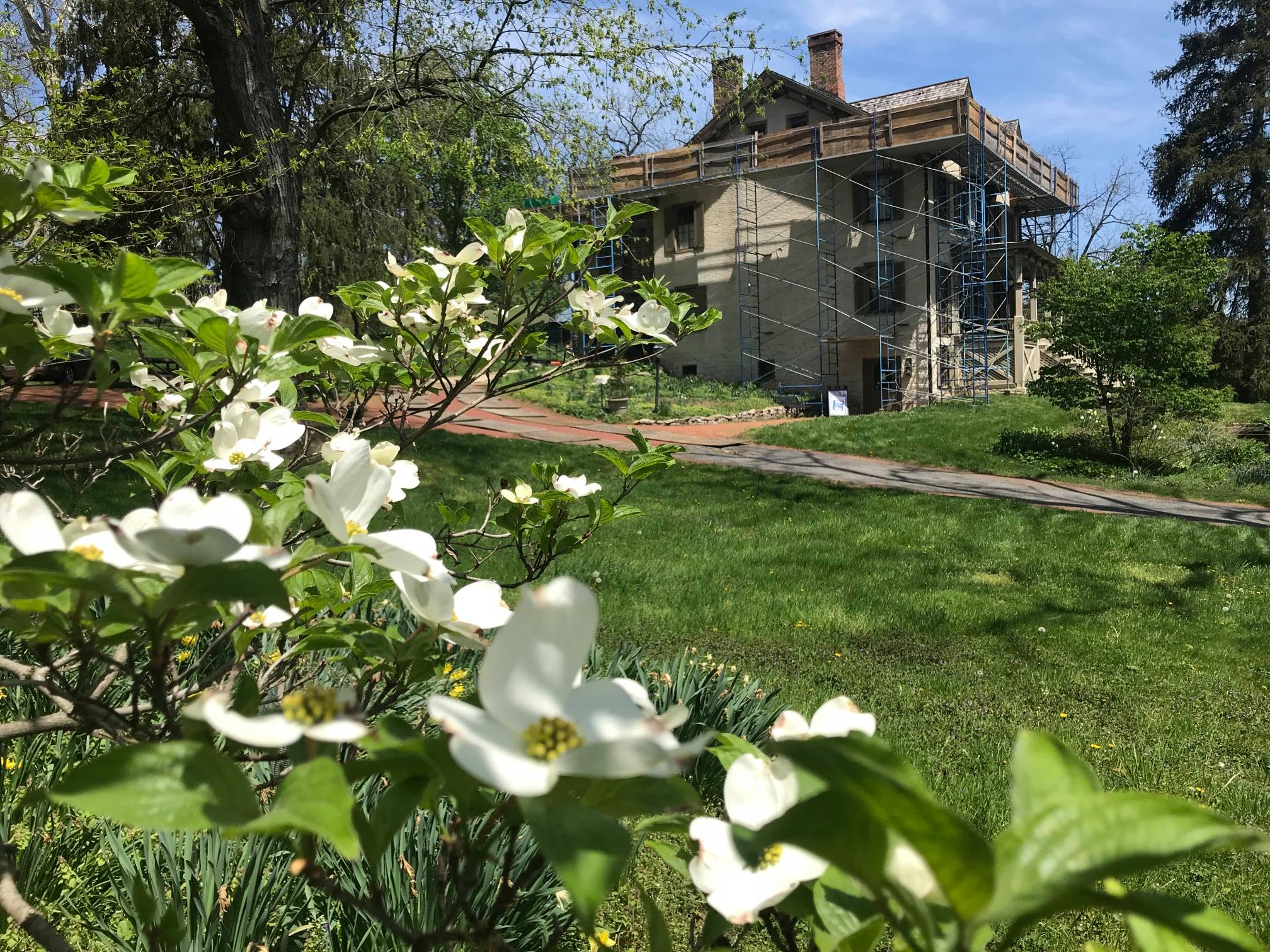
Safety: A Priority for all creatures at these Keystone Grant sites
I was surprised earlier this spring when Mary Sorenson, Executive Director of the Centre County Historical Society notified me that their Keystone-funded roof replacement at the Centre Furnace Mansion was delayed. Of course, delays are commonplace for many of our grant projects for a myriad of reasons: structural failures, scheduling conflicts or fundraising challenges.
Continue readingLast month, we asked Pennsylvanians to send us their #PreservationHappensHere Preservation Success Stories using PA-SHARE to celebrate National Historic Preservation Month. We enticed them with prizes! And we received many great submissions, making our campaign its own success story!
Continue reading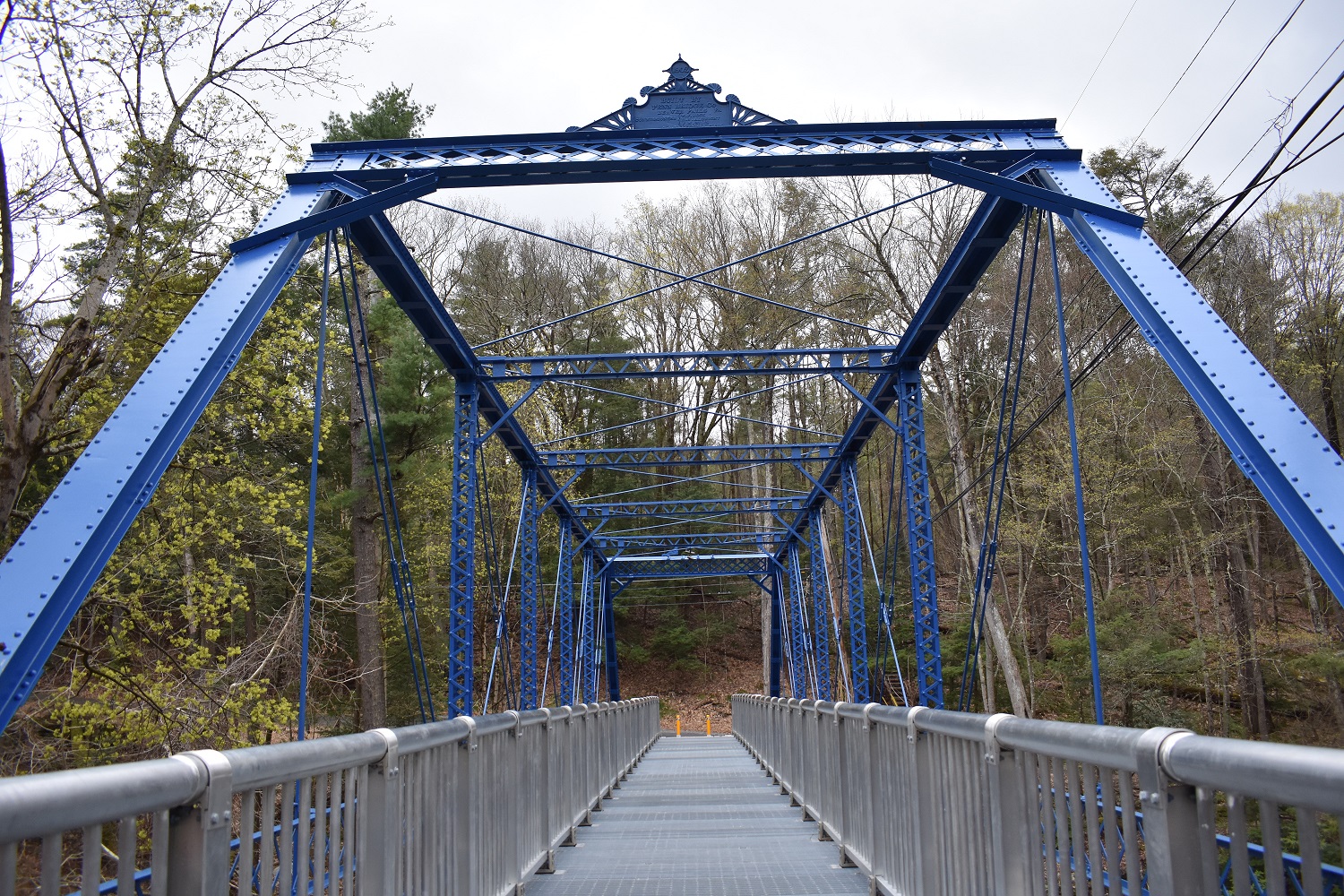
Rehabilitated Mott Street Bridge Reconnects Milford and the Delaware River National Recreation Area
Driving along East Harford Street in Milford, a compact borough in Pike County nestled between National Historic Landmark Grey Towers and National Park Service’s Delaware River National Recreational Area, it is easy to miss Mott Street.
Continue readingContinuing our theme of Preservation Success Stories this Preservation Month, we’ll feature short interviews with our 2020 Community Initiative Award winners for the next few weeks.
Last but certainly not least is the Society to Preserve the Millvale Muarls of Maxo Vanka (or SPMMMV for short).
Continue readingContinuing our theme of Preservation Success Stories this Preservation Month, we’ll feature short interviews with our 2020 Community Initiative Award winners for the next few weeks.
Next in line is Mainstreet Waynesboro, Inc., which leads economic development and revitalization activites for Waynesboro, Franklin County’s downtown commercial district.
Continue readingContinuing our theme of Preservation Success Stories this Preservation Month, we’ll feature short interviews with our 2020 Community Initiative Award winners for the next few weeks.
First up is Erin Phillips, aka Old Erie on Foot in the social media world. In July 2018, Erie resident Erin Phillips started her Old Erie on Foot project on Instagtram with a hashtag and a call to action for fellow history and Erie enthusiasts to discover and explore the area’s amazing older and historic places. She believes that “every old building has a story that needs to be told.”
Continue readingNational Historic Preservation Month was started in 1973 by the National Trust for Historic Preservation to draw attention to older and historic places across the country and to highlight the benefits of historic preservation in the nation’s communities.
This year, we’re celebrating National Historic Preservation Month by asking our readers to share with us a Preservation Success Stories in their communities. And you might just win something!
Continue readingThe Pennsylvania State Historic Preservation Office (PA SHPO) is seeking a Historic Preservation Specialist to serve as a Review Archaeologist to work between disciplines and advance SHPO priorities. This position is ideal for a detail oriented and flexible preservation professional with a knowledge of state historic preservation programs.
Continue readingThe Section 106 process was created to ensure that federal agencies consider historic properties in the planning process for projects they sponsor.
Continue reading
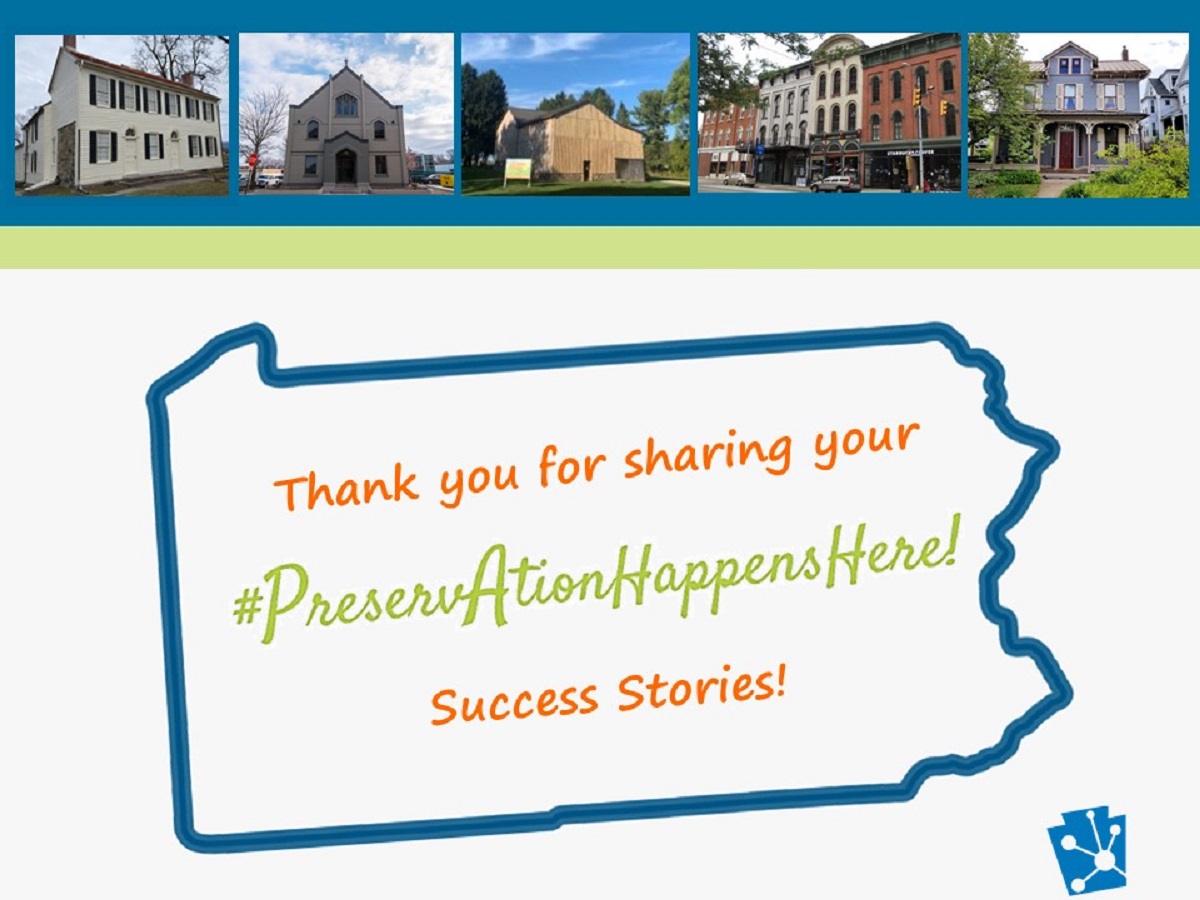



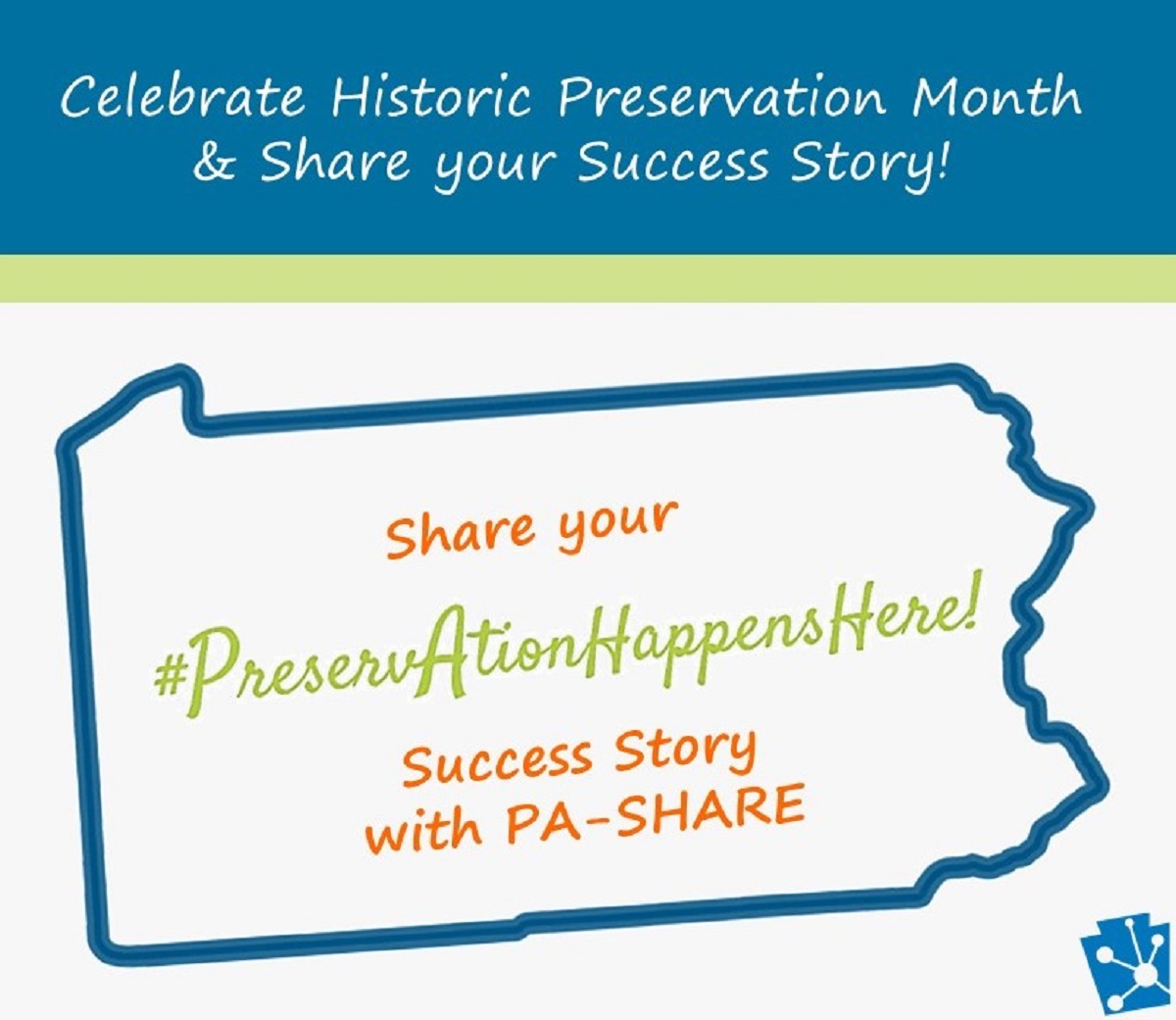
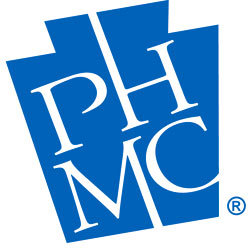
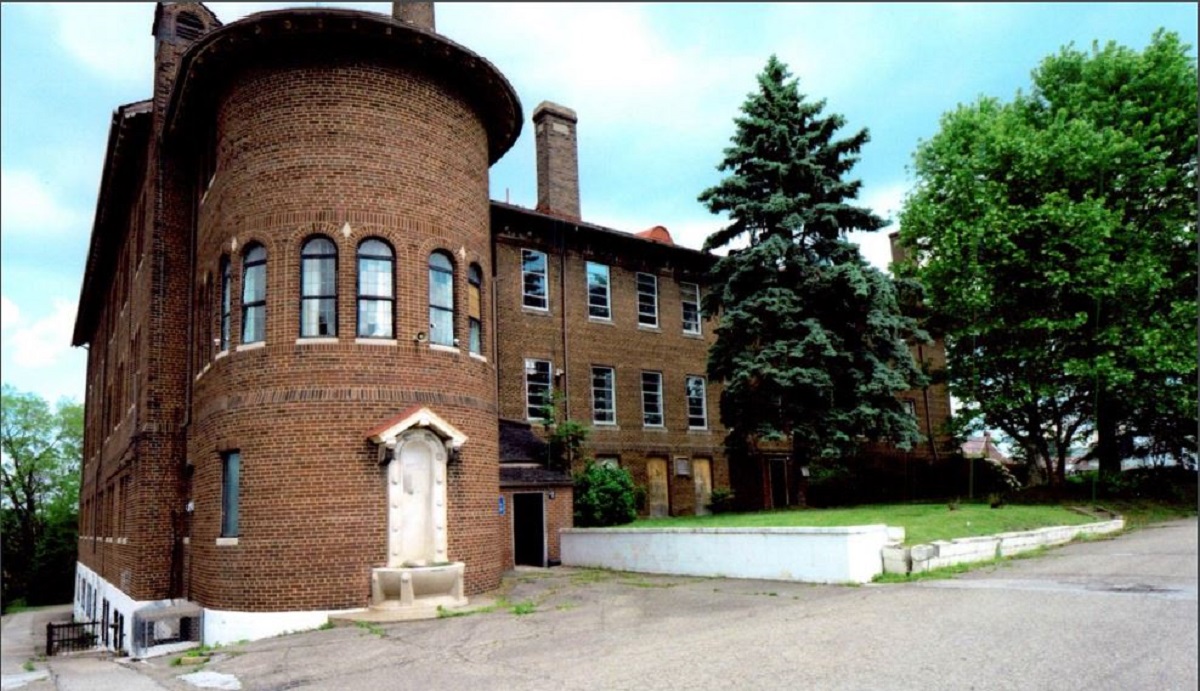
Recent Comments